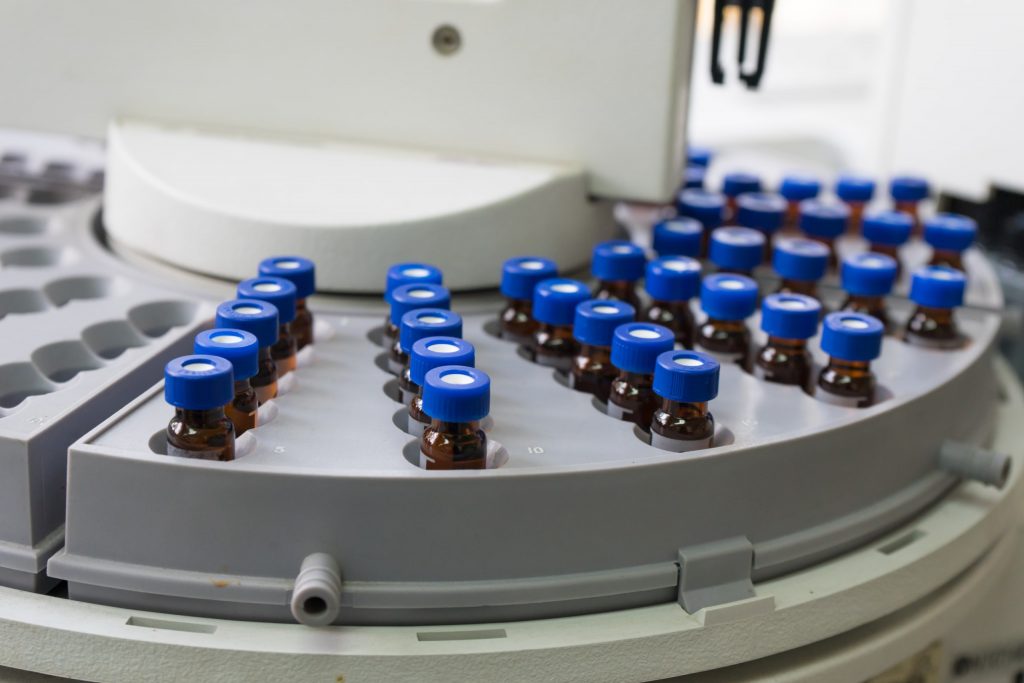High-performance liquid chromatography is also sometimes known as high-temperature liquid chromatography and is a kind of column chromatography. It is a type of chromatography that is common across a broad spectrum of forensic. Scientific areas including drug screens, forensic toxicology, the analysis of explosives and much more. HPLC relies on isolating specific testable molecules into one of two distinct phases. This it has in common with all types of chromatography. Where it differs, though, is that in gas chromatography, the mobile phase is obviously inert, whereas using HPLC, the mobile phase can consist of non-inert gases or of completely different solvents – sometimes even multiple solvents. In high performance liquid chromatography, the mobile phase is forced under high pressure to flow.

Under special beads that are coated with the same solvent material, except in it is solid stage. The molecules of interest which are being forced through will interact differently with the mobile phase and also the stationary phase. Specific types of molecules will prefer the stationary phase, and will interact with it more completely. Will demonstrate a taste for the mobile phase, and will emerge in the column quickly. What you are doing is essentially separating different kinds of molecules. You will see different peaks on the graph, corresponding to the difference in reactivity with the mobile and stationary phases. The initial components from this tube will be those that interacted more with the mobile phase, with those preferring the stationary phase lagging behind. A sensor there are Numerous types will subsequently check for elution of the molecules as they exit the tube. A subset of the type of experimentation is to accumulate the eluting solvent or chemicals at particular times to be able to isolate a substance or material of interest.
This Allows the technician with a small sample of the pure solution, which could then be tested with unique procedures to confirm it is composition. Now let us proceed to some discussion about the sensor components. There are a wide variety of different sensor types that differ in their sensitivity, their way of detection, as well as the compounds they are capable of picking up. Probably The highest end sensor is a mass spectrometer, together with the maximum entry level being the refractive index detector. The mass spectrometer is the preferred hplc testing detector for many laboratory supervisors, although as A consequence of it is cost and the technical difficulty in keeping them, they are not the most frequent type. The refractive index sensor is generally considered fairly entry level, as it much easier to operate and quite often the lowest price of the sensor types.


